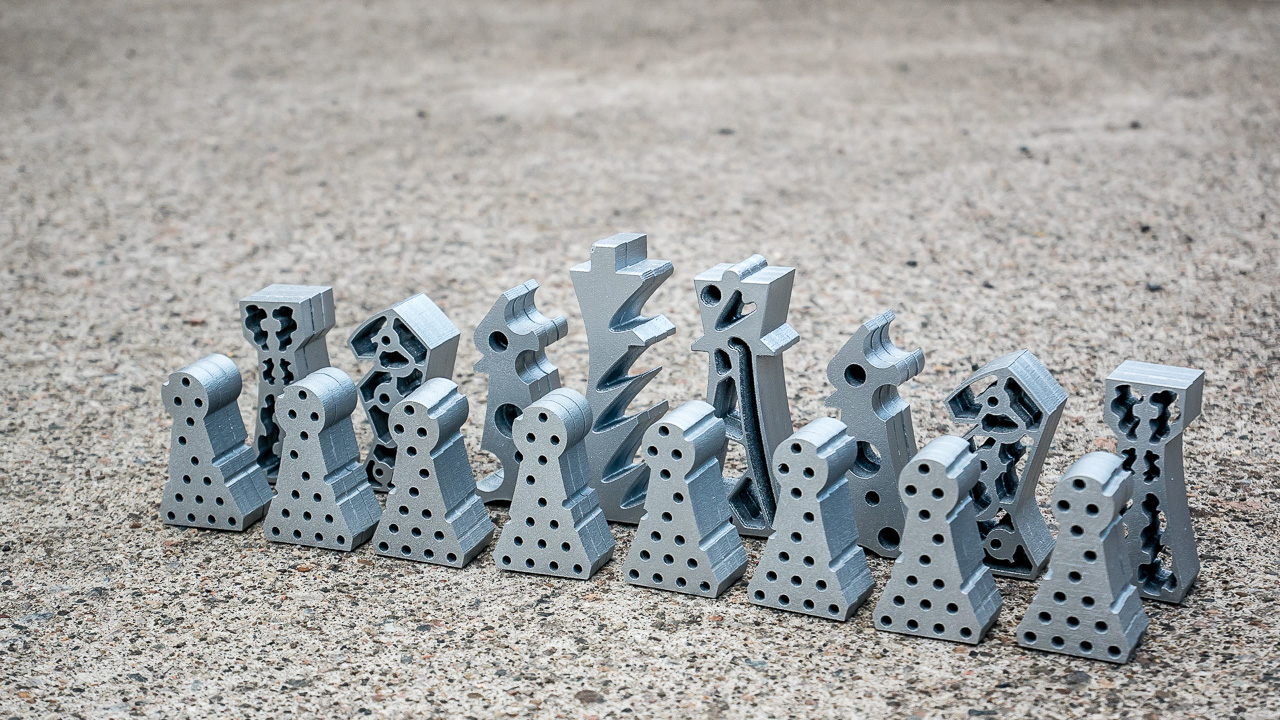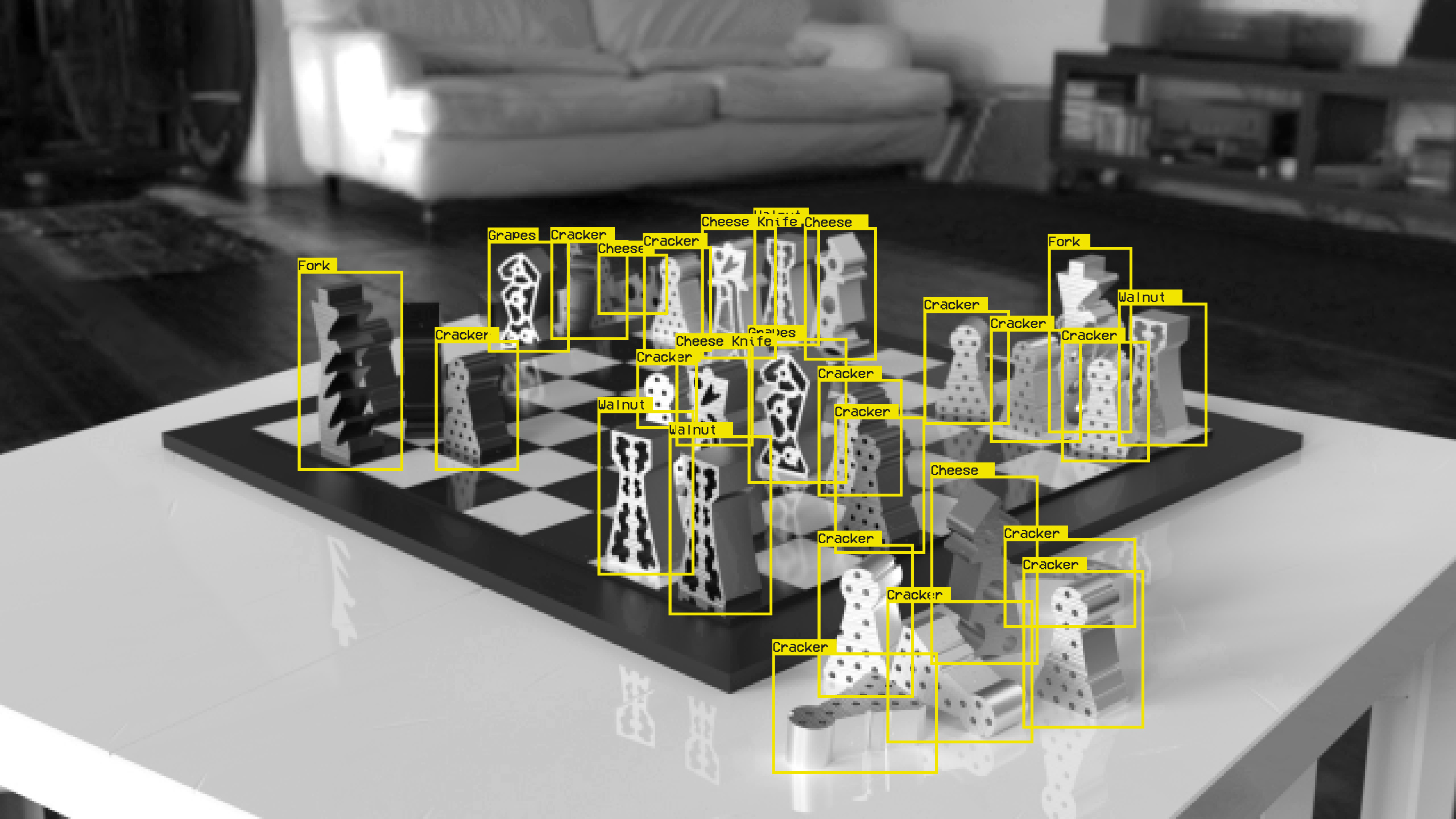
Disguised as finger food
The chess set is based on a speculative future, where technoauthoritarian policy forces its citizens to camouflage their daily activities

The chess set is based on a speculative future, where technoauthoritarian policy forces its citizens to camouflage their daily activities
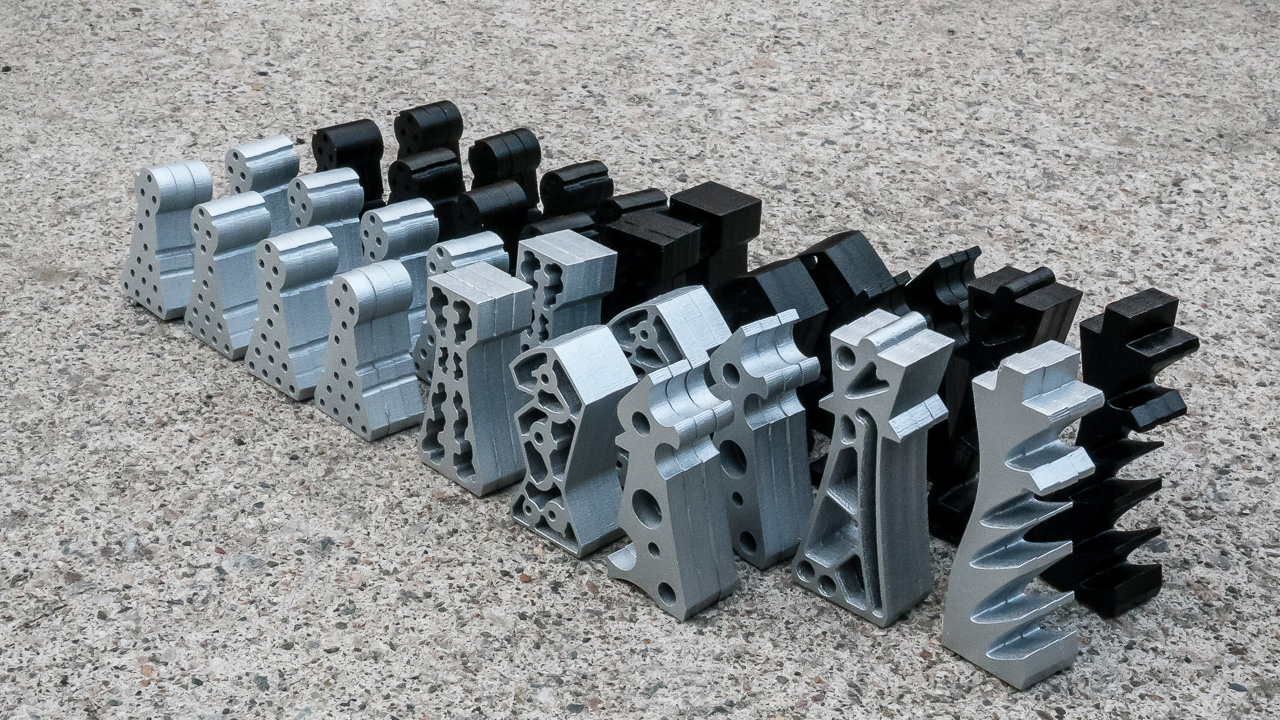

It was central to the project that the chess pieces could still be recognized and played by humans. I discussed several methods for achieving this with computer science students from the universities of Oslo and Bergen
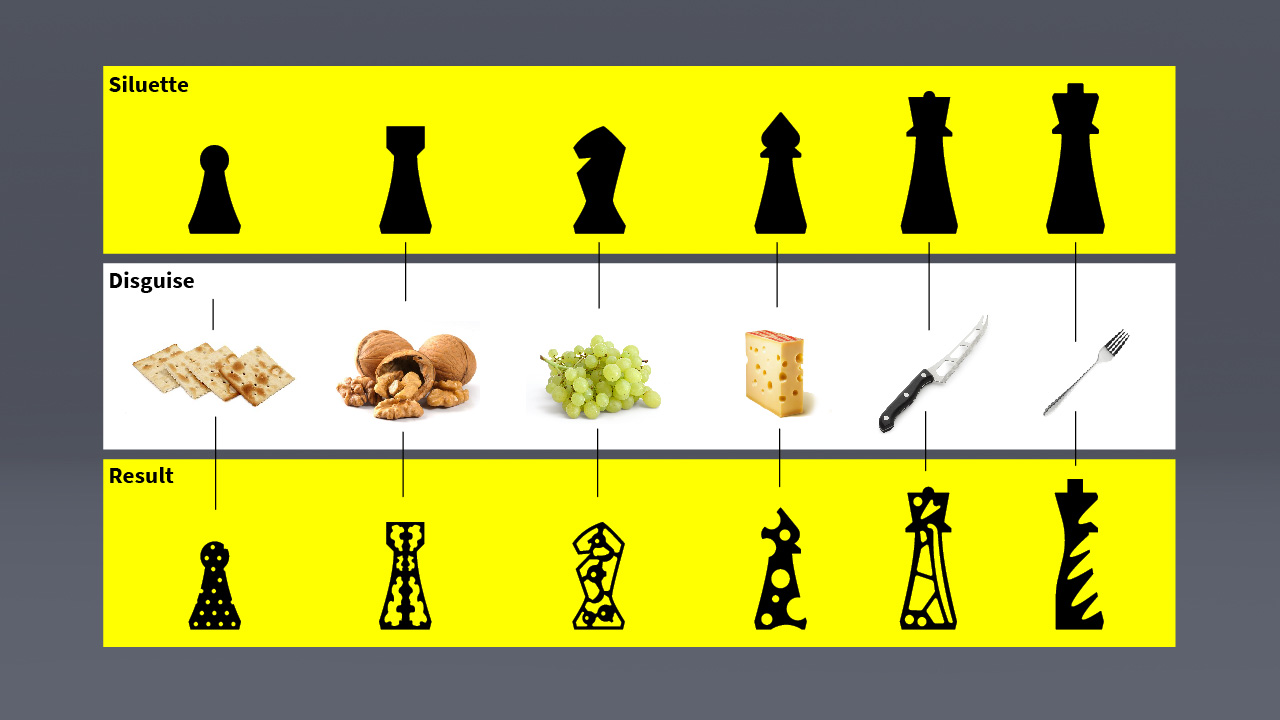
By (a) starting with general silhouettes, and (b) finding suitable disguises, I (c) applied patterns based on the reasearch by the EvolvingAI Lab. The combination of recognizabel silhouettes and abstract patterns is how I intended to pique users’ interest.
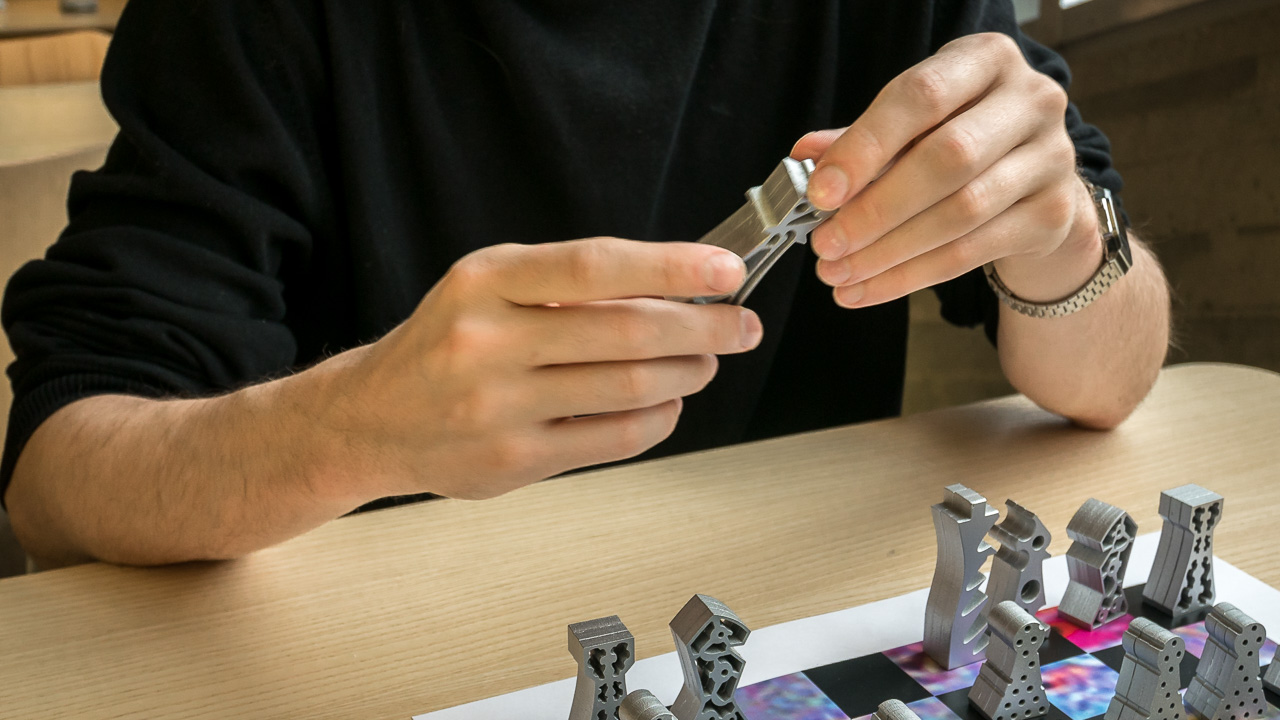
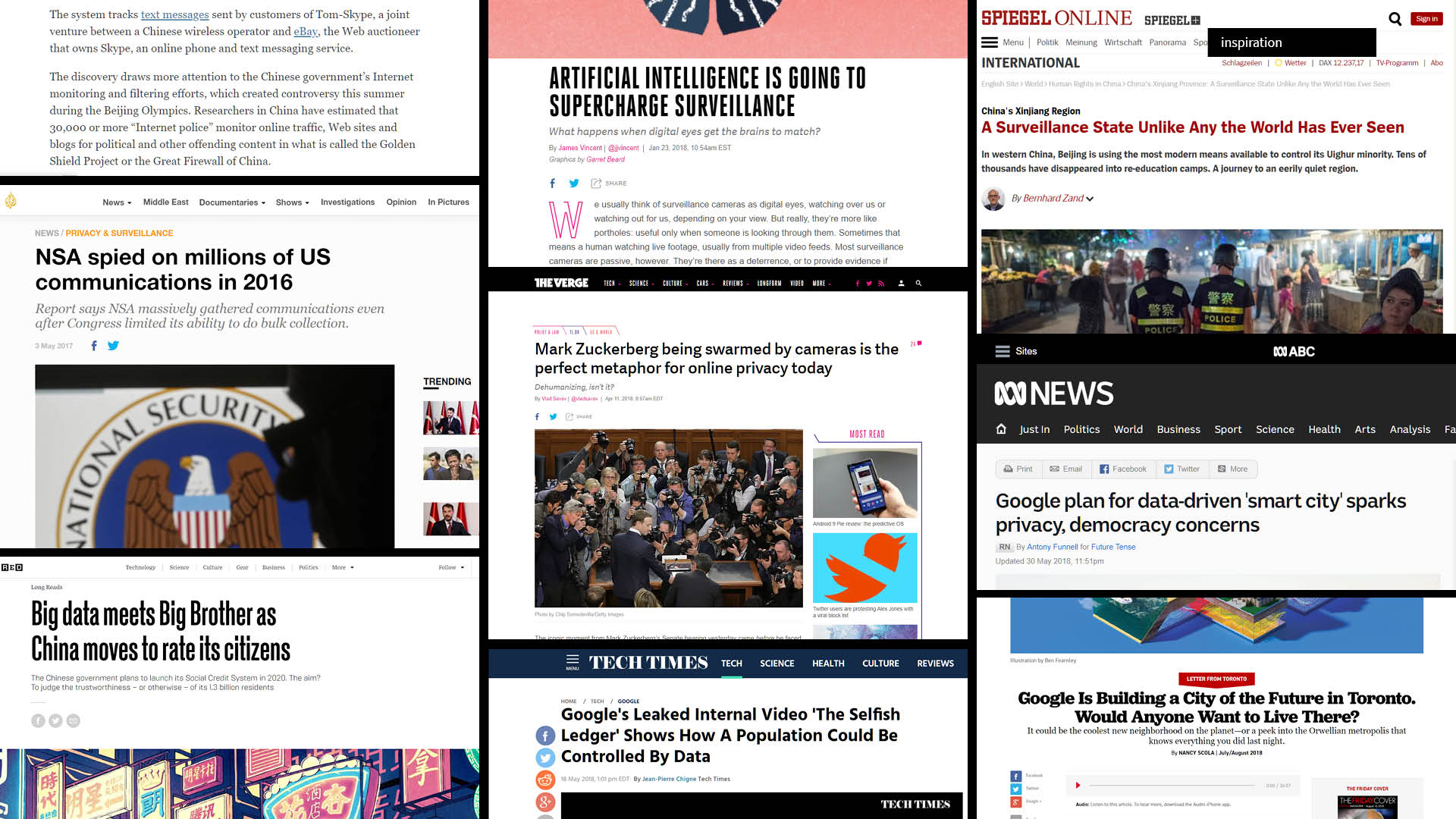

Based on the work of Dunne & Raby, I set up a speculative scenario inspired by general technological trends and visions of technology writers like Adam Greenfield.

My approach is based on the research done by the EvolvingAI Lab, visualizing the difference between human and computer vision. We recognize objects due to their silhouettes, while self taught algorithms look for internal patterns.
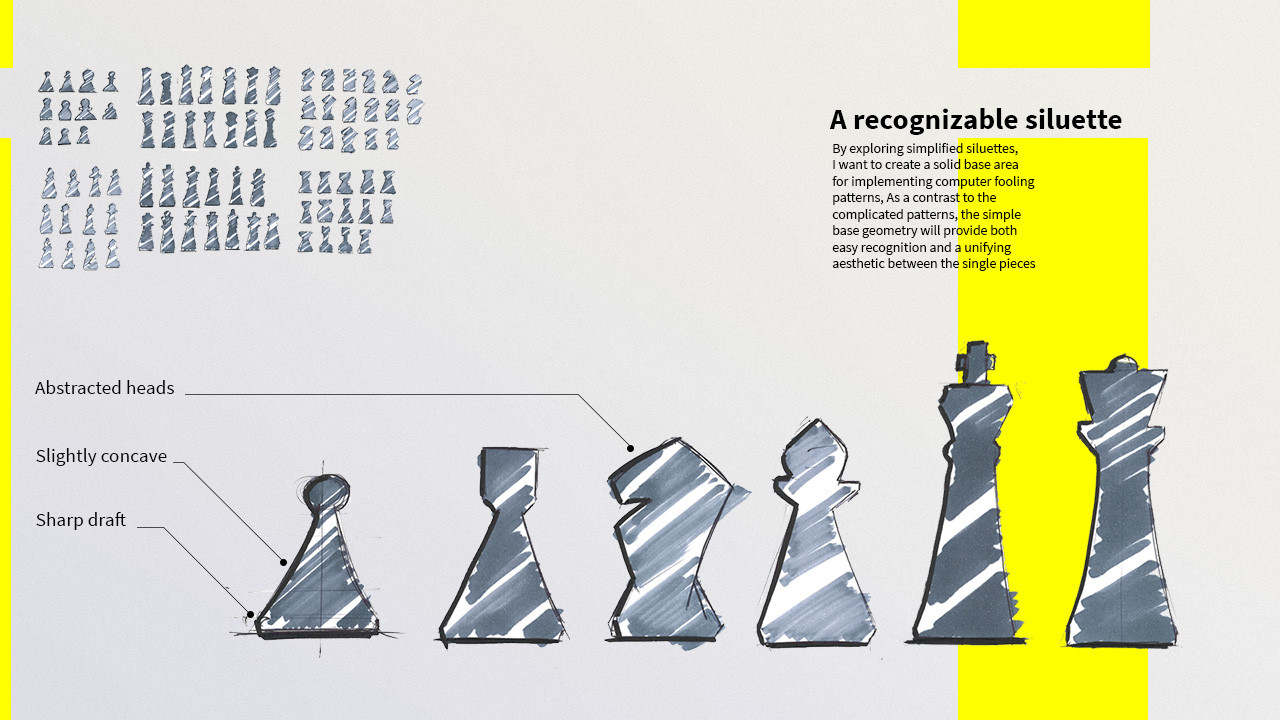
I started my design process by sketching out profiles based on the generalized ideal of each piece. This would allow for the silhouettes to be easily recognized, while also providing a large surface area for the disguising patterns.

I tried different narratives through simple overlays, to test how they would affect the overall concept. A plausible cover story; people eating finger food, seemed to both underscore the absurdity and strengthen the overarching message.
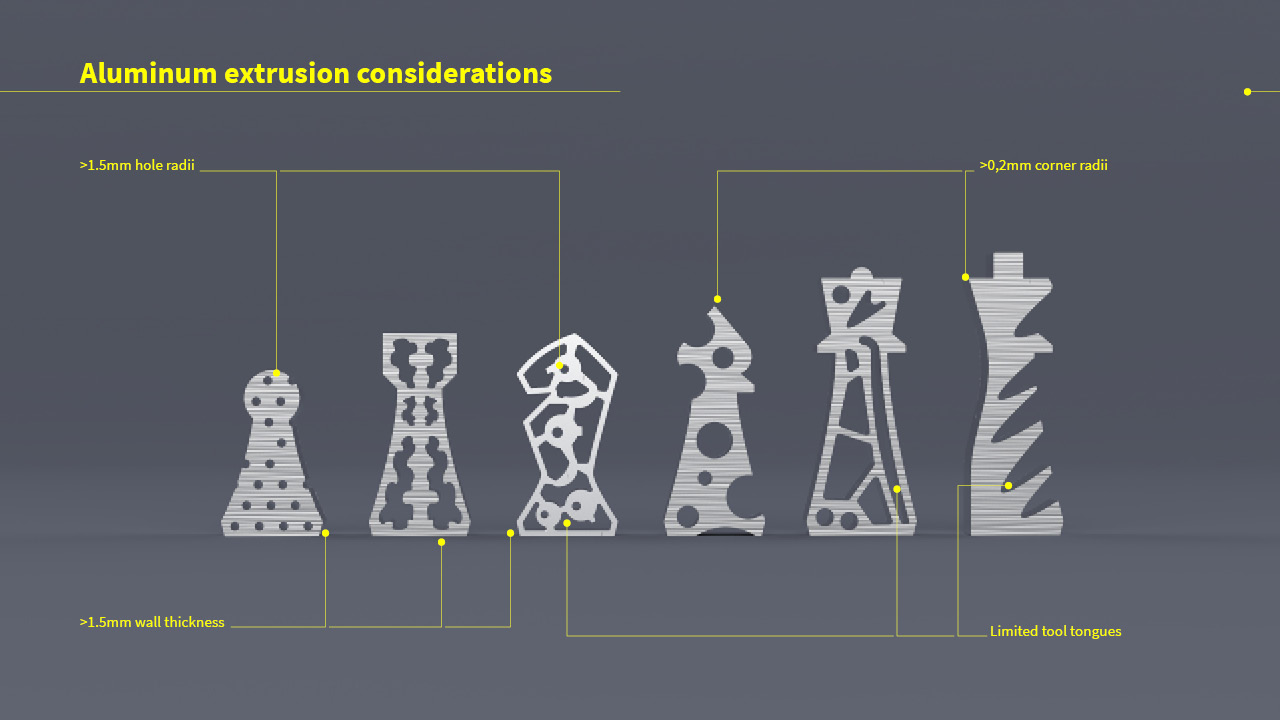
Through consultation from Hydro Extrusion, I made sure the pieces med aluminium production constraints.
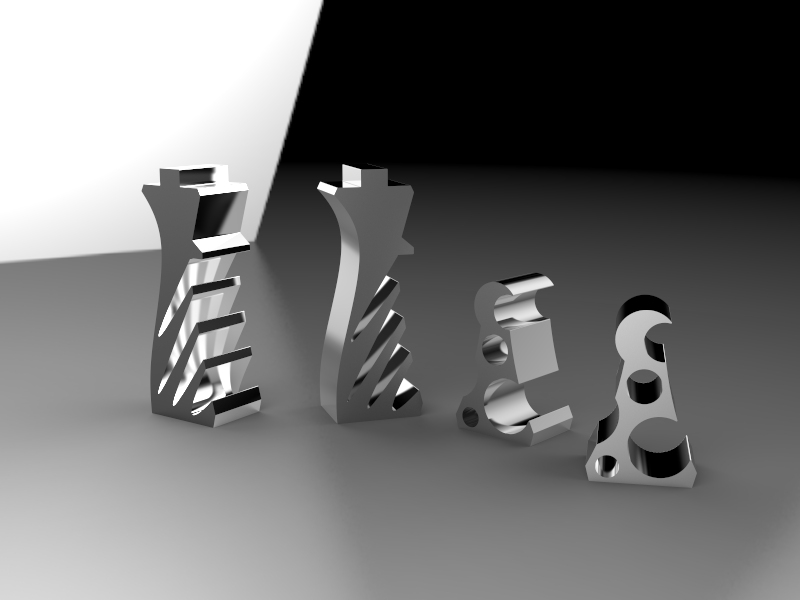
“Yes, that approach makes sense to me. I think you should be able to produce patterns that can be added to any chess piece (whatever the chess piece looks like) to have it classified as something else.”
-US based AI researcher
After seeing an early render of my chess pieces, a researcher studying AI and adversarial images validated that my methods were indeed based on legitimate theories.
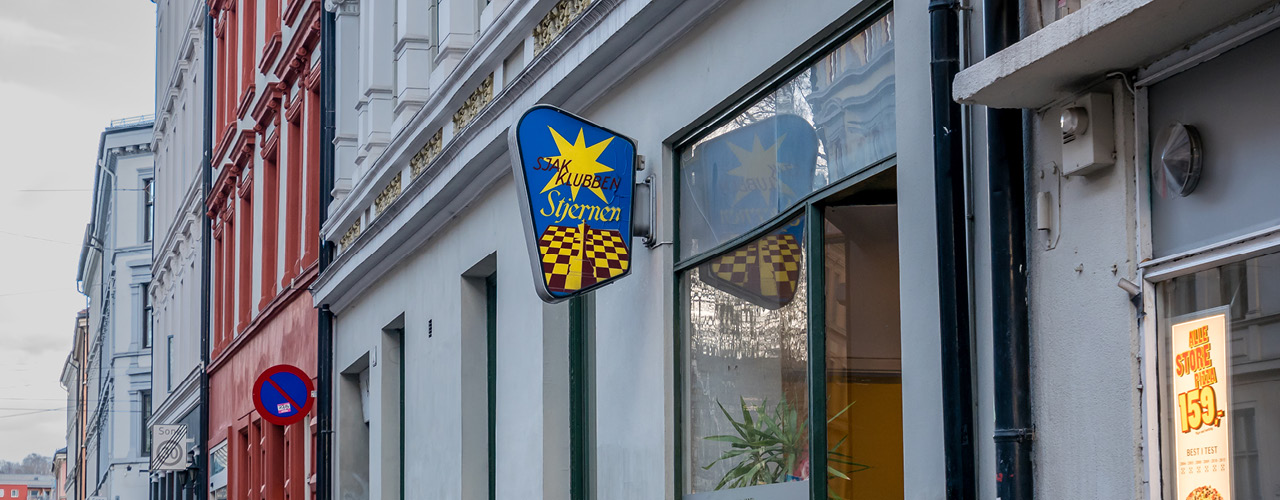
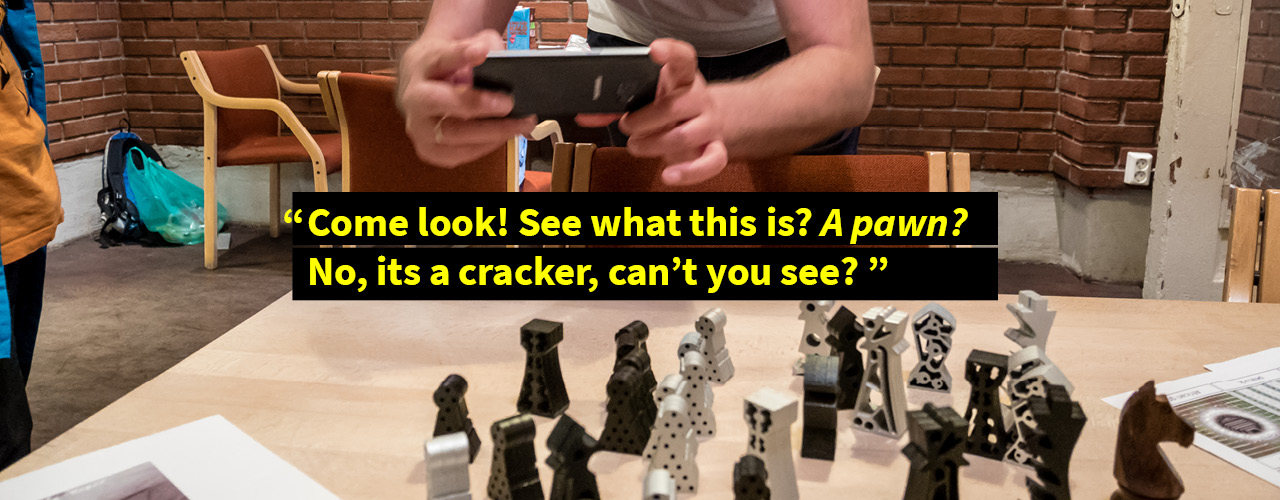
After user testing, I discovered that the value of the chess set as a speculative object came from connecting the users to unfamiliar ideas through familiar objects. The local chess club members had a varying degree of political eng technological engagement. Some were more informed than others, and used the pieces to explain the abstract ideas and theories.
